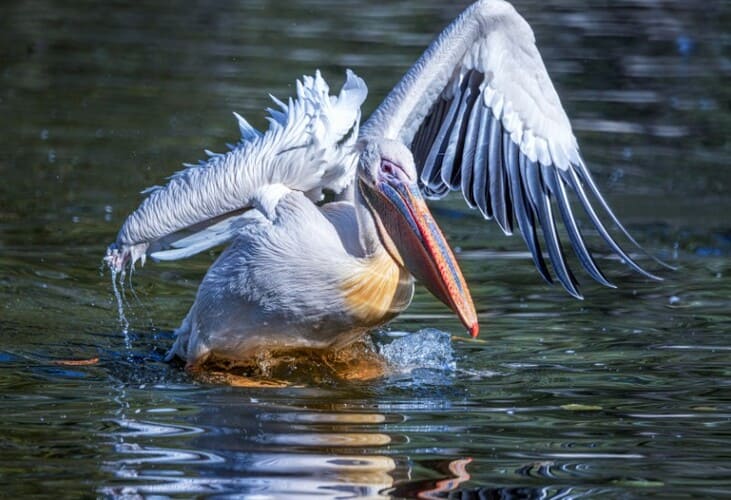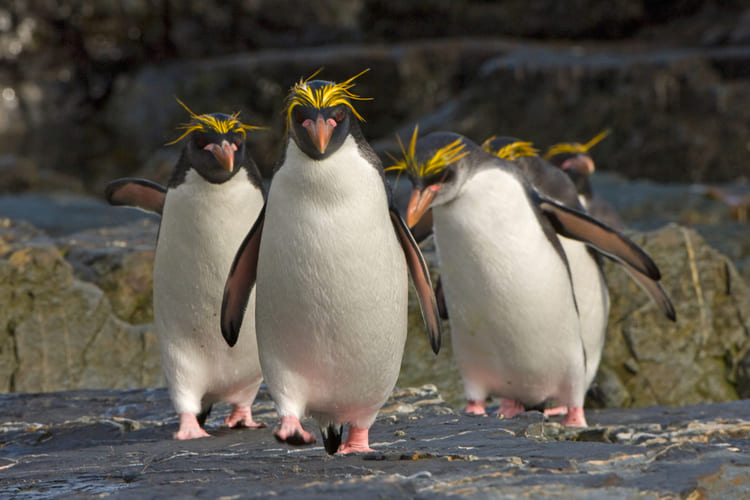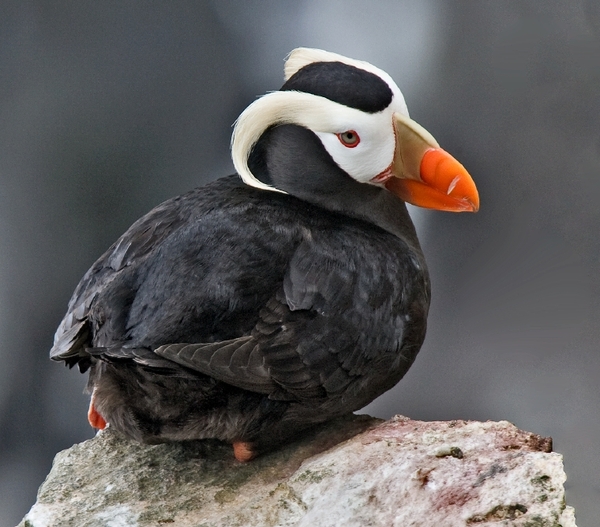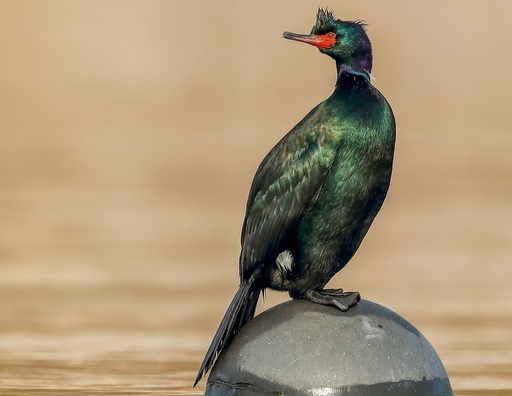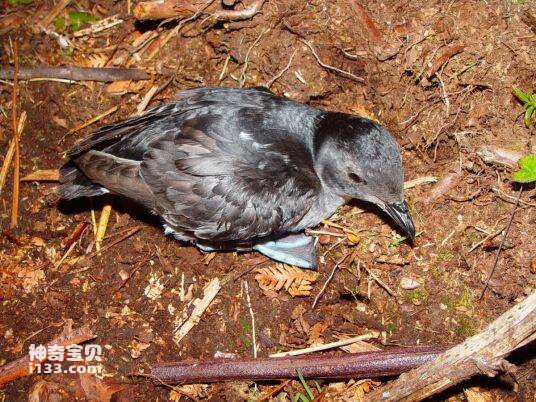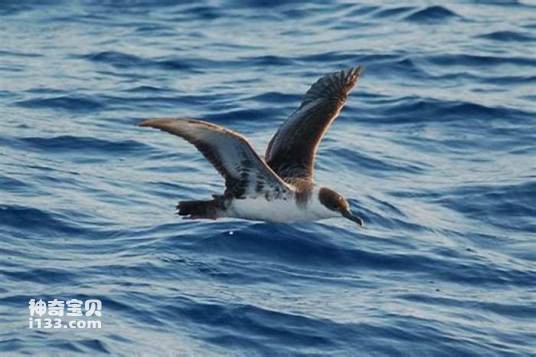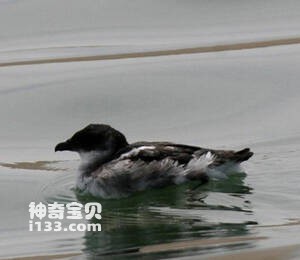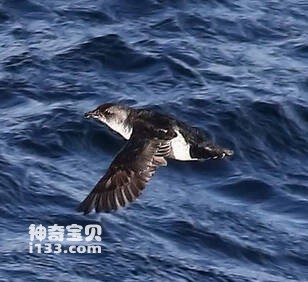Phoebetria palpebrata
IUCN
LCBasic Information
Scientific classification
- name:Phoebetria palpebrata
- Scientific Name:Phoebetria palpebrata,Light-mantled Albatross
- Outline:Waterfowl
- Family:
Vital signs
- length:79-89CM
- Weight:2.5-3.7kg
- lifetime:40 years or so
Feature
Feathers similar in color to Siamese cats
Distribution and Habitat
The albatross is found in the oceans and islands around Antarctica, and along the southern coasts of South America, Australia and New Zealand.
Appearance
The grey albatross is predominantly coal-brown or black in colour, with a darker head, lighter grey to light grey in the upper part of the overfeathers from the nape to the upper tail, and lighter in the mantle and back, this feather has been described as similar in colour to that of the Siamese cat. Part of the eye is surrounded by a thin orbital back crescent of very short gray feathers, and the beak is black with a blue furrow and a grayish-yellow line along the mandible (beak), about 105 mm (4.1 in) long. Measurements show that males and females are similar in size, with an average body length of 79-89 cm (31-35 in), a wingspan of 183-218 cm (72-86 in), and a weight of 2.5-3.7 kg (5.5-8.2 lb).
Details
Phoebetria palpebrata, also known as Light-mantled Albatross, is a small, mostly black albatross of the genus Albatross of the order Petrelidae.

The albatross digs the soil and plants high, with a deep cup-shaped pit at the top. The albatross can spread its wings and glide long distances, floating on the surface to feed on fish, squid and crustaceans; Flying in pairs for courtship, or facing each other on the ground to show off white crescent eye stripes and beak stripes; Nesting in scattered pairs on steep outcrops on islands in the southern Hemisphere.

It is considered near critical by the International Union for Conservation of Nature.
Protect wild animals and eliminate wild meat.
Maintaining ecological balance is everyone's responsibility!

